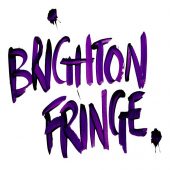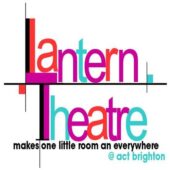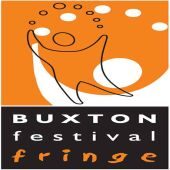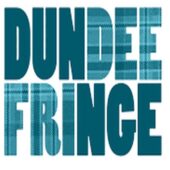Brighton Year-Round 2022
SMC Concert Unitarian October 15th 2022
Sussex Musicians Club
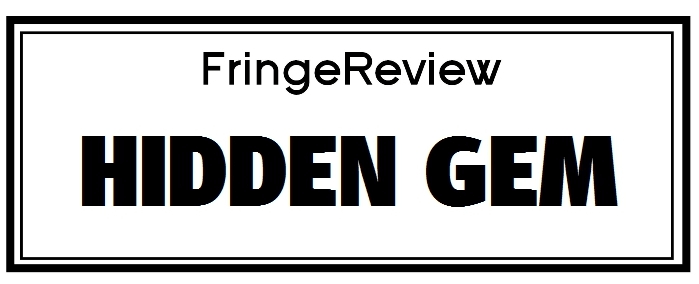
Genre: Live Music
Venue: Unitarian Church, New Road Brighton
Festival: Brighton Year-Round
Low Down
A programme of Berg, Reginald Brindle Smith, Andrew York, Roland Dyens, Debussy and Rachmaninov for piano and guitar.
Review
Berg’s Piano Sonata (1907)
Only the previous day Kevin Allen played this in the same venue, a par of a programme from Brhams through Berg, Schoenberg and Bartok. Today his performance seems electrifying, when before it was superb. The middle sections are even more impassioned, the clangour oof arrival that bit more intense.
Late-romanticism has its pianistic apotheosis here and in Ravel’s Gaspard de La Nuit written months later. The Germanic or Austrian one here has the heft and exploratory qualities associated with Berg’s teacher Schoenberg, but particularly harks back to the tonal lucidity and spareness of say a late Brahms Intermezzo. Its falling figure picked out bears striking resemblances to Brahms’ Intermezzo in B minor Op 119/1.
Allen handles and moulds the impassioned middle section with more crispness and aplomb even than before, and steers again a lucid course between expressivity – which he never lacks – and the emergent rigour of study.
The piece inevitably subsides into its opening post-tonal pause, subsiding into silence. Berg felt blocked stating this was only a first movement Schoenberg rightly told him he’d said all he needed to say, and it was a sonata complete.
Reginald Smith Brindle (1917-2003)
Reginald Smith Brindle is an extraordinary composer. Playing or jamming with Louis Armstrong in the UK in the 1930s, he fought as. A Sapper in North Africa and Italy, trained and worked as an architect, then studied composition first in Bangor 1947-9, writing much guitar music, then travelling back to Italy where he’d fought, with Pizzetti (too outmoded, he found) then with Dallapiccola and Luigi Nono, the latter seven years his junior.
He then worked alongside composers like Bussotti. He’s also famed for writing the standard textbook on Serial Composition. His sound-world in this remarkable guitar work – he wrote much for the instrument – is remarkably close to both these composers, but distinct, his own. He also wrote more for guitar than any other British composer. The nearest I can compare him with is the very different more tonal Stephen Dodgson, like Nono seven years his junior. He went on writing till nearly his death, with a final flourish of a Symphony no. 2 and much organ and guitar music.
The nearest composer I can compare him to is Maurice O’Hana (1913-92) the Irish-Spanish polymath, who also wrote strikingly for the guitar. Here though, the Surrey-based Brindle seemed to retain his musical identity without recourse to exile.
What’s so striking about this piece from 1956, his most famous and written for Julian Bream and inspired by Lorca’s ‘El Polifermo de Oro’ is its self-reflective brilliance: it’s a guitar piece about a poet writing about the guitar. In RSB’s own words:
El Polifemo de Oro was inspired by Garcia Lorca’s poetic references to the guitar, particularly in the two poems Adivinanza de la Guitarra and Las Seis Cuerdas. Lorca attributes to the guitar occult powers, and returns again and again in his poems to the image of its strings spread out like the arms of Polyphemus, or the “great star” of a tarantula’s web, waiting to trap our sighing souls within its “black wooden cistern”.
The four movements are allusive, elusive things. ‘Ben Adagio’ serves as a baroque slow prelude, sounding off to the individual sound-world of Brindle, not least pointillistic plucks of colour. Thr following ‘Allegretto’ features runs and descending modulations like anxious scales.
The ‘Largo’ four-and-a-half minutes in moves from the ‘duende’ or conjuring spirit Lorca often writes about, to a languorous anxious dawn wait. Exactly three minutes, it stills itself as the player stills the strings after aleatoric-seeming plucks of colour move us towards a kind of his and resolution.
The final ‘Ritimico e vivo’ lasts just over two minutes and considerably lightens the mode, not with any obvious jauntiness, but the kind of resolution you might see at the end of one of Richard Rodney Bennett’s more modernist works: somehow affirming running with scale, ascending and rapid. The times paying this vary from 6.54 with its dedicatee Julian Bream to 9.50 and 10.30 Simon Hopkins one of the four guitarists ere tonight, maanged it in around eight with a consummate sense of its brio, its splintering sunlight, and distant ache.
Simon Hopkins’ consummate playing was joined by three other guitarists: Oliver Thereaux, James Hartt, Ruairi Gann. Together this Brighton Guitar Quartet embarked on two attractive tonal pieces where co-ordination is all and the particular melodic and harmonic lines are tossed from one to the other at their most lively, and otherwise you start identifying ne guitarist with a kind of cantus firmus, another with the melody, and another with decorative runs.
Andrew York (b 1958) Pacific Coast Highway
This is a piece embedded with the sense of the Los angeles Guitar Qaurtet, and the sliding melodies also gently abseiing down a counterpoint of harmony whilst figurative strumming semanate from a third and plucked decorations from a fourth. This is typically cool post-minimalist work, a polyphon of easier but not easy listening both lyrical and upbeat.
Roland Dyens (1955-2016) Austin Tango
A French composer, and one known for film and other music, Dyens is a composer of substance and heft, with certain closures reminiscent of superior film music and I think a few sly Alberti basses. But above all it’s the chuntering of the tango rhythm that allows the flying shuttles of the guitar pasts to fly out and back at each other, decorations suddenly subordinated to a melody and the core rhythm predominating for a gear-change.
I knew neither of these works and to hear a guitar quartet up close is a unique experience, though not, now, in Brighton where this superb group are based.
Finally, Oscar Garner, just 17 and still at school, might be mistaken for an advanced college student or finalist. His dEbussy and Rachmaninov programme was ambitious and wholly justified.
Debussy ‘Pagodes’ (from Estampes); ‘Et La lune descende sur le temple qui fut’ (from Images Series 2)
Gardner knows how to terrace and withold sound, just as he can project it. ‘Pagodes’ from 1903 with tis chinoiserie and pentatonics chimes out even in this small grand with bell-like precision even if the piano itself sounds a touch clangourous and congested. Gardner has complete assurance, and you never for a moment think of listening attentively to a pupil, looking for the best in them. It’s a complete performance, without technical flaw certainly but also musicianly. The Images piece from 1907 requires that skill in knowing how to background certain melodic elements and foreground them at the right time. Gardner knows how to hold a pulse but at the same time never lose the tonal qualities of mid-period Debussy.
Rachmaninov Prelude in G sharp minor Op 32/12
Gardner doesn’t so much as move effortfully when plying this alst shimmering prelude of all, from 1913. To hold the trills as a kind of shimmering midsummer before the storm (in several senses) is just the start as the melody scales the depths and heights of the keyboard. It’ a different sound-world, where reticence and then full expression takes the place of terraced impressionism, a term Debussy with his precision wouldn’t like but serves as a distinction here. To master two such different styles is an intimation of a complete musician.
I can’t remember such unalloyed delight in an SMC concert. Everyone was consummate, in the sixty and more years separating youngest from oldest













